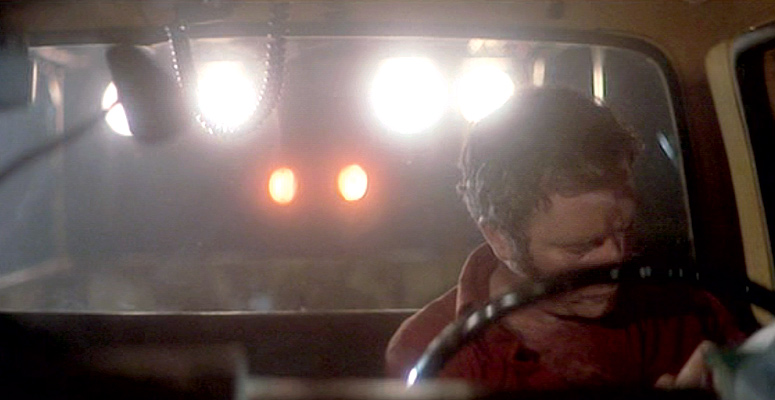Spielberg the Educator
For an artist, every work of art is instructive, even if only as a cautionary tale, an example of what should not be done. But some works, and some artists, teach us more than others.
Steven Spielberg's Close Encounters of the Third Kind was briefly in theaters again in celebration of its 40th anniversary. It's a beautiful, strange, and unconventional piece of filmmaking. Through it Spielberg inspired filmmakers like J.J. Abrams and Denis Villeneuve, and it continues to educate us today.
Cut in Camera
The moving master, or 'oner', is one whose history includes legends like the openings of Touch of Evil and Back to the Future. Spielberg is a master of this shot, because rather than wowing us with an obviously long take, he orchestrates the camera to move from one composed shot to another. It's effectively cutting without cutting, and is invisible to the audience.

One of the best examples in Close Encounters is when the fighter planes are found in the desert. Spielberg starts in a medium shot of a plane, moves wide to track the characters as they run to the aircraft, settles on a composition of a plane, and then turns it into a two shot as David Laughlin walks toward camera and yells to someone off-screen. It's an immersive set of individual shots blended seamlessly by motivated camera movement.
Naturalistic Conversation
Characters talk over each other throughout Close Encounters, sometimes making it difficult to understand the dialogue. This reminds me of Christopher Nolan's approach to dialogue, one which he has taken some criticism for:
"I don’t agree with the idea that you can only achieve clarity through dialogue. Clarity of story, clarity of emotions — I try to achieve that in a very layered way using all the different things at my disposal — picture and sound."
Christopher Nolan
The effect in Close Encounters often provokes a feeling more than a clear understanding of what is being said. It is also more realistic, as real-world conversations routinely involve people interrupting and talking over each other. This is something that films from the golden age of Hollywood did very often, and while it requires a few minutes to adjust, it makes those films all the more witty and enjoyable. You have to run to keep up.
Directing Our Attention
My favorite moment in Close Encounters is the audience's first introduction to an alien ship. Roy (played by Richard Dreyfuss) is lost and has parked his truck in the middle of the road to look at a map. A car pulls up behind him, headlights filling the frame, and Roy waves them on. They drive around him and Roy continues to study the map. Another pair of headlights appear, and a frustrated Roy waves them on as well. But while Roy continues searching the map, the headlights slowly rise behind him and float off-camera—and suddenly we realize this is not a car at all, but something more alien:

All of this happens behind Roy and out of focus. The shot is clearly composed to direct our eyes to Roy and his predicament. But by deciding not to call attention to the alien ship, Spielberg brilliantly does call attention to it, shocking the audience and eliciting smiles and laughter. It's a wonderful moment that illustrates the power of restraint and showing less.
One more lesson from Close Encounters comes up again and again in Spielberg's body of work. It's something he's both celebrated and criticized for, and I believe it's an important reminder for artists in any medium. It's far too easy to center on the dark and difficult. But as Close Encounters reaches its lyrical climax, Spielberg reminds us once again:
Remember your childlike sense of wonder.
_
Further reading: ‘Close Encounters of the Third Kind’: Steven Spielberg’s Gamble That Paid Off Generously by Cinephilia & Beyond
Further reading: Close Encounters of the Third Kind by Steven Spielberg
September 13th, 2017